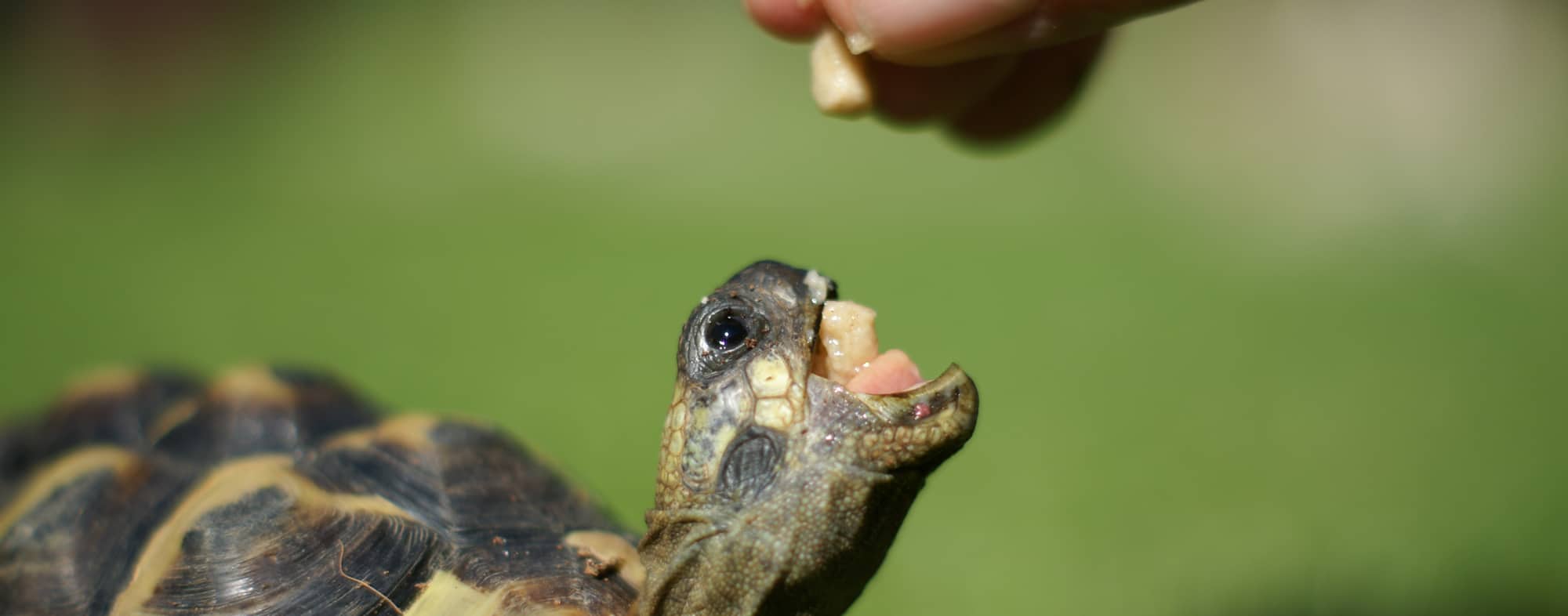
If you are looking for box turtle food, then you should know that there are many varieties available for your pet turtles. Variety is important for healthy nutrition. It is also important to buy food from a reputable source so that you can be sure that the food you are buying is safe for your pet.
Contents
Variety is the key to a healthy appetite
If you want to keep your box turtle healthy, you need to feed it a varied diet. While a diet with lots of fruits is ideal, you can also offer your turtle some vegetables. You may even consider adding some insects to your pet’s store-bought foods.
Some of the best vegetables for box turtles include kale, prickly pear leafs, acorn squash, bell peppers, and common button mushroom. Fruits are also good to include, such as bananas and mangoes.
When you’re choosing a vegetable, make sure it’s high in calcium. Calcium is essential for box turtles, but excessive amounts can cause problems.
To ensure that you are offering a balanced diet, you should consider the percentage of each food group. In general, you should aim to provide at least 10% of your box turtle’s diet in fruits, and 10% in vegetables.
Vegetables are also a good source of protein. Protein is a source of energy, but it is essential that you don’t overdo it.
Enclosures for box turtles
If you are keeping box turtles, you need to provide them with a suitable habitat. Box turtles like moist lands. They also need a heat source. You can use an incandescent lamp on the warm side of the cage, but make sure it does not overheat the walls.
Box turtles are very sensitive to humidity. You should always make sure that the moisture level is at least 60 to 80 percent.
Box turtles like to burrow in the substrate. The best substrate is coconut husk fiber. However, it must be replaced regularly to ensure that it remains moist.
There are many excellent substrate materials available on the market. Some of them are peat moss, sphagnum moss, and pea bark. Another good choice is wood shavings.
A wooden vivarium is the ideal enclosure for box turtles. It should be at least 1150mm (46″) long for adults, 860mm (34″) for juveniles. Make sure the vivarium is sealed to prevent damp.
Lighting requirements for indoor turtles
Box turtles require both light and heat in order to thrive in their vivariums. The best way to make sure your box turtle gets the right amount of UVB and heat is to create a warm zone and a cool zone.
During the daytime, you will want to use a bright 6500K T5 HO fluorescent lamp. This is not only an important illumination source, but it also helps with vitamin D synthesis.
At night, you will want to use a halogen heat lamp. In fact, you may even want to add a lightless heating element, such as a radiant heat panel.
You will also want to provide a basking spot in the enclosure. These are the areas where your turtle will go to get warmth and a good temperature gradient. If you don’t have a temperature gradient, your turtle will have a hard time regulating its own body temperatures.
Another important thing to consider is the bulb you choose to give your turtle its basking light. A bulb that is half the length of your enclosure is best.
Hibernation in the winter
Box turtles hibernate during the winter. This process is crucial to their survival. They cannot survive if their bodies freeze or if they don’t have the energy to move around.
Turtles can live without eating for months. It’s important to check on your box turtles regularly.
If you notice any health problems, bring your turtle to the vet. He will perform x-rays and tests to determine if the turtle is healthy.
You should also ensure that your box turtle is not too cold. The temperature of your box should not drop below 35 degrees.
Make sure your box is big enough to accommodate your turtle. A box with a hole for aeration is recommended. Place the box in a room with natural light.
Box turtles hibernate in the winter to conserve their body’s energy. They also close their shells to avoid predators. Depending on the type of turtle, hibernation can last for 3 to 5 months.




